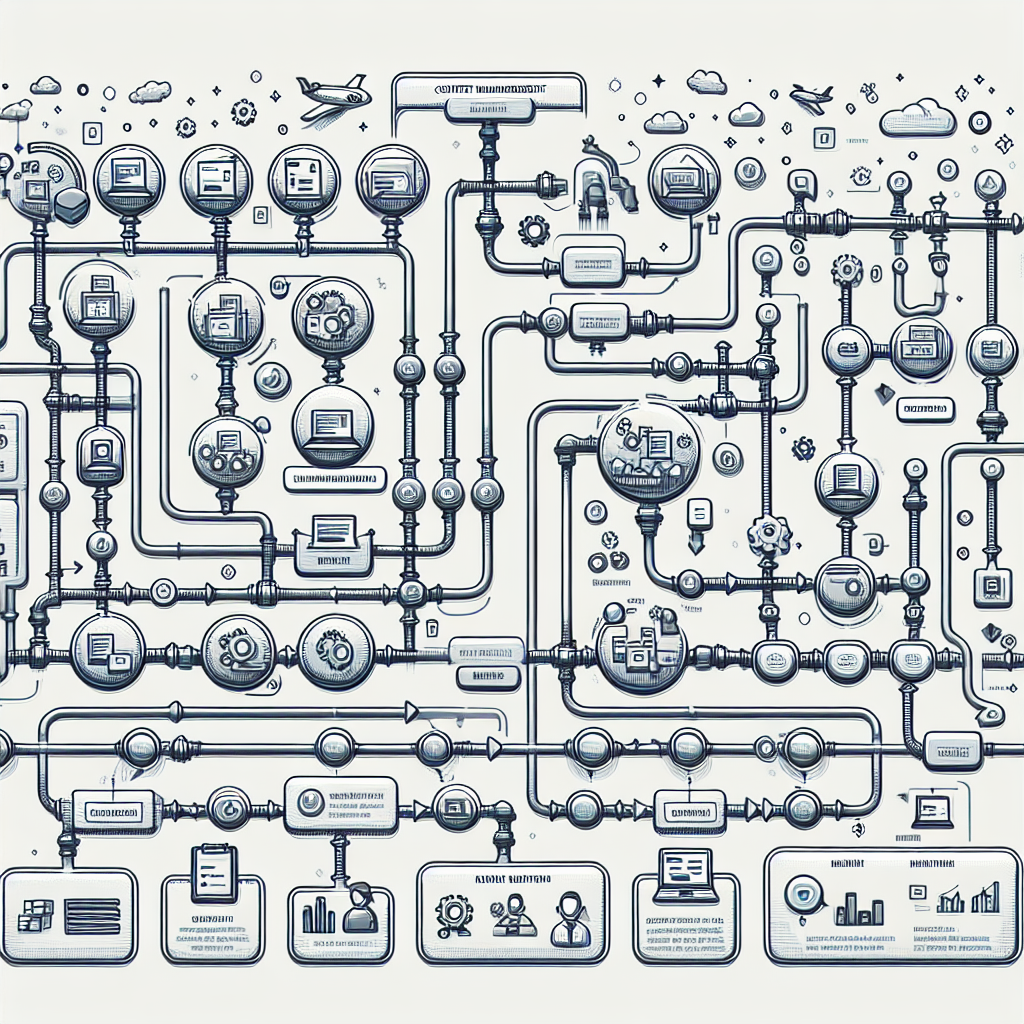Introduction
Posting content daily has become a key strategy for many organizations and influencers seeking to enhance their digital presence. This case study delves into the significance of consistent content creation and its impact on audience engagement and growth. By examining the case of an emerging digital marketing agency, this study illustrates the benefits and challenges associated with daily content posting.
The primary purpose of this case study is to provide insights and actionable recommendations on why and how daily content posting can be an effective strategy. It addresses key issues such as audience retention, algorithm preferences, and content management.
The study is structured to provide a comprehensive overview, starting with the problem statement followed by the implemented solution, the results obtained, and concluding with key takeaways and recommendations.
Problem
The digital marketing agency, like many others, faced challenges in maintaining engagement with their audience. Over time, their social media metrics showed a decline in interactions and reach. The core issue was the inconsistency in content posting, which led to reduced visibility on platforms that prioritize frequent content updates.
The problem was identified through a detailed analysis of social media analytics, which highlighted a direct correlation between the frequency of posts and user engagement. The agency also noticed that their competitors, who posted content daily, had significantly higher engagement rates.
This decline in engagement impacted their brand visibility, audience growth, and lead generation efforts. Previous attempts to resolve the problem included sporadic content bursts and paid promotions, but these did not yield sustainable results.
The key stakeholders affected were primarily the digital marketing team and the clients who depended on the agency for consistent and effective social media strategies.
Solution
The agency decided to implement a structured approach to daily content posting, focusing on creating high-quality, engaging posts. The strategy involved several key steps:
- Developing a content calendar to plan and schedule daily posts in advance.
- Utilizing content management tools to automate posting and ensure consistency.
- Designating specific roles and responsibilities for content creation, curation, and publishing.
- Leveraging data analytics to identify peak engagement times and optimize post timings.
- Incorporating a mix of content types such as images, videos, infographics, and articles to keep the audience engaged.
During implementation, the team faced challenges such as maintaining creativity under tight schedules and managing the increased workload. However, through collaborative efforts and ongoing adjustments, they managed to overcome these obstacles.
One innovative aspect of the solution was the integration of user-generated content, which not only filled content gaps but also enhanced audience connection and loyalty.
Results
The results of daily content posting were significant and quantifiable. Key metrics showed a marked improvement:
- Engagement rates increased by 40% within the first three months.
- Monthly followers growth saw a 25% rise compared to the previous quarter.
- Website traffic from social media sources doubled, contributing to a 30% increase in lead generation.
Before-and-after comparisons clearly illustrated the positive impact. Stakeholders provided positive feedback, highlighting the enhanced brand visibility and audience interaction.
Unexpected benefits included a stronger team cohesion and improved content creation skills among team members, as they adapted to the demands of daily posting.
Overall, the results surpassed initial expectations, establishing the agency as a thought leader in the digital marketing space.
Conclusion
In summary, the transition to daily content posting proved to be highly beneficial for the digital marketing agency. Key lessons learned include the importance of consistency, the value of planning, and the need for a diverse content strategy.
This case study contributes valuable insights into effective social media strategies and emphasizes the broader relevance of content consistency in the digital landscape. While the case study had its limitations, such as the initial resource strain, it offers a strong foundation for future research and application.
Based on these findings, it is recommended that organizations consider adopting a structured approach to daily content posting. This strategy can be adapted across various contexts, with modifications to fit specific industry dynamics.
The broader implications for the industry include a shift towards more dynamic and engaging online interactions, which are crucial for maintaining audience interest in a constantly evolving digital space.
Readers are encouraged to apply the insights from this case study to enhance their own content strategies. Feel free to share your thoughts or ask questions about this study. For further exploration, consider diving into related topics such as Mastering the Full Buyer’s Journey with Content Strategy and Optimizing Content Strategies for Every Buyer’s Journey Stage.
Related Posts:
Optimizing Content Pipelines and Workflows: A Case Study (90.32% match)
Optimizing Content Strategies for Every Buyer’s Journey Stage (88.59% match)
Mastering the Full Buyer’s Journey with Content Strategy (88.34% match)









